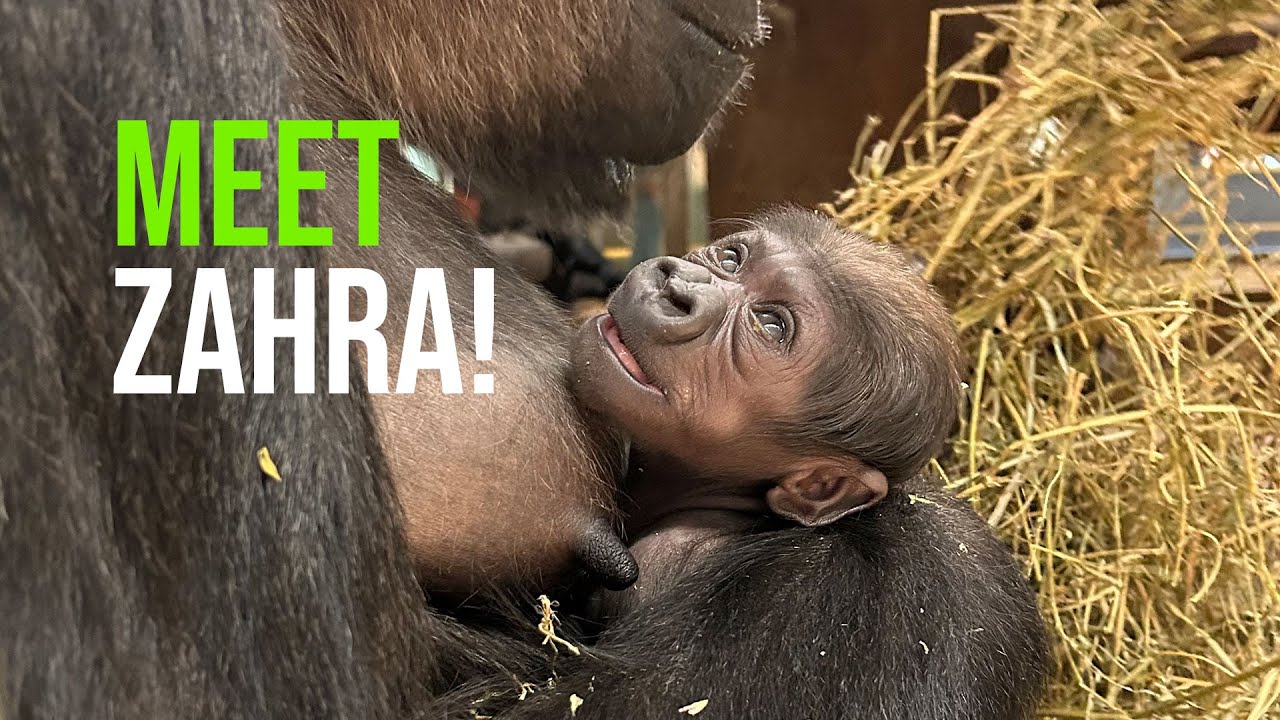– The significance of “Her Name Is Zahra” in promoting wildlife conservation
– How zoos contribute to the preservation of endangered species through initiatives like “Her Name Is Zahra”
– The role of technology in enhancing educational content and audience engagement with wildlife conservation
– Challenges and strategies in zoo management for promoting awareness and conservation of wildlife
– Future directions for wildlife conservation efforts, integrating lessons from projects such as “Her Name Is Zahra.”
—
The story of “Her Name Is Zahra” serves as a pivotal narrative in contemporary conservation efforts, particularly spotlighting the role of zoological parks and public engagement in safeguarding the future of wildlife. This article delves into several key aspects, from the essential role of zoos in wildlife preservation to technological advancements in promoting conservation education and engagement.
Zoos have long been at the forefront of wildlife conservation, serving as sanctuaries for various endangered species. Projects like “Her Name Is Zahra” build upon this foundation, emphasizing not just the protection of individual animals but also the conservation of their natural habitats and the education of the public about these efforts. By presenting a relatable and compelling storyline centered on an individual animal, “Her Name Is Zahra” effectively humanizes wildlife conservation, making species preservation more tangible and compelling to a broader audience.
Moreover, integrating technology in projects such as “Her Name Is Zahra” represents a significant leap forward in educational outreach strategies. Using multimedia elements such as video and interactive displays, conservation initiatives can captivate and educate audiences more effectively than traditional methods. These technological tools also allow for real-time updates and insights into the lives of animals under conservation, fostering a deeper connection between the public and these creatures. This connection boosts public interest and support for conservation projects and raises awareness about wildlife’s challenges.
Managing a zoo in a way that promotes awareness and conservation of wildlife presents a set of unique challenges. Beyond the day-to-day care of animals, zoo management must also engage in habitat conservation, research, and public education. Strategies for overcoming these challenges often include collaboration with international conservation organizations, research institutions, and local communities. Projects like “Her Name Is Zahra” can serve as effective models for these efforts, demonstrating the benefits of storytelling and technology in conservation education.
Looking forward, the lessons learned from “Her Name Is Zahra” and similar endeavors will likely shape the future of wildlife conservation efforts. For instance, the success of such projects underscores the need for ongoing innovation in how conservation messages are conveyed, suggesting a continued emphasis on engaging storytelling and technological integration. The global response to “Her Name Is Zahra” also illustrates the potential for international collaboration in conservation efforts, pointing to a more interconnected approach to preserving wildlife across borders.
In the end, the importance of initiatives like “Her Name Is Zahra” cannot be overstated. These projects play a crucial role in fostering a more informed and engaged public through engaging narratives and the strategic use of technology. As zoos and conservationists continue to navigate the complexities of wildlife preservation, the lessons derived from “Her Name Is Zahra” offer valuable insights into creating more resilient and effective conservation strategies. The future of wildlife conservation will undoubtedly draw upon these insights, incorporating innovative educational methods and broader public engagement to ensure the continued survival of endangered species and their ecosystems.
*****
Source Description
Following Public Vote, the Western Lowland Gorilla at the Smithsonian’s National Zoo and Conservation Biology Institute @SmithsonianNZP Receives Her Name.
The Smithsonian’s National Zoo and Conservation Biology Institute’s (NZCBI) 2-week-old western lowland gorilla received her name today. After five days of voting and just over 25,000 votes, the winning name is Zahra [ZAH-rah], which means “beautiful flower” in Swahili. It was one of three names offered for a public online vote from June 5 to June 9 on the Zoo’s website. Zahra received 12,071 votes—50% of the total votes. Lola [LOH-la], Yoruba for “greatness,” came in second with 7,894 votes, or 30% of the total. In third place was Mkali [M-KAH-lee], Swahili for “fierce,” which received 5,563 votes, or 20% of the total.
Zahra was born at the Zoo’s Washington, D.C., campus on May 27 and is the second offspring of both 20-year-old mother Calaya and 31-year-old father Baraka. Other members of NZCBI’s western lowland gorilla troop include Zahra’s brother, 5-year-old Moke, and a 41-year-old female named Mandara and her 14-year-old daughter, Kibibi. Virtual visitors can stay up-to-date on Zahra’s milestones on the Zoo’s Facebook, Twitter, and Instagram accounts with the hashtag #GorillaStory. Great Ape House visitors can see the western lowland gorilla troop and meet an animal keeper at 11:30 a.m. daily.
Native to Africa, western lowland gorillas live in the forests of Gabon, Central Africa Republic, Cameroon, Angola, Equatorial Guinea and Congo. The International Union for Conservation of Nature lists the western lowland gorilla as critically endangered due to habitat loss, disease and poaching. The public can help protect western lowland gorillas’ natural habitat by making environmentally conscious decisions. One of the metals inside electronic devices, tantalum, is mined from areas in the Democratic Republic of the Congo where gorillas live. Recycling electronics that contain tantalum—including cell phones, computers, tablets, cameras, gaming consoles, hearing aids and GPS navigation systems—can help protect gorilla habitat by greatly reducing the demand for more expansive mining.


